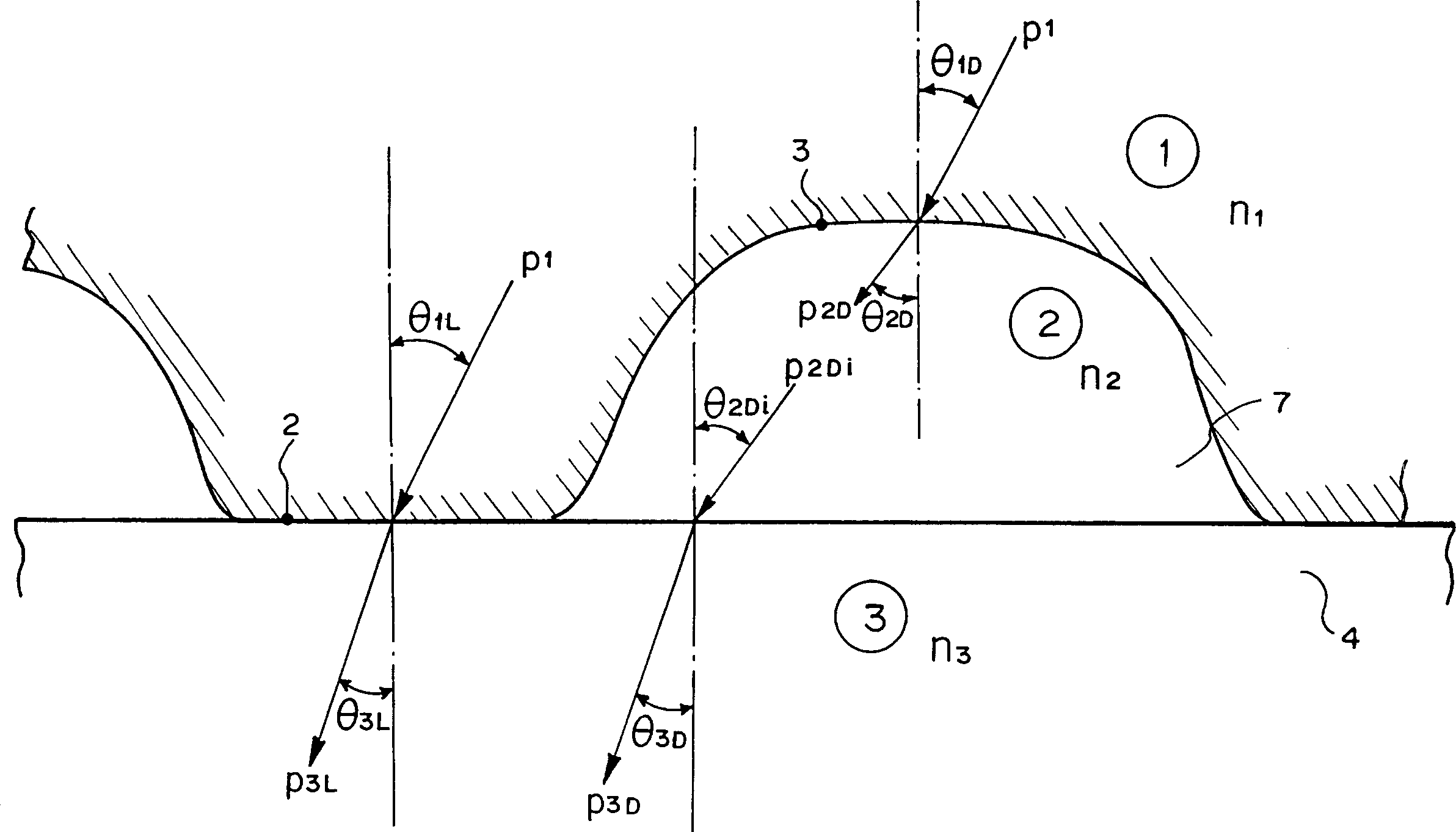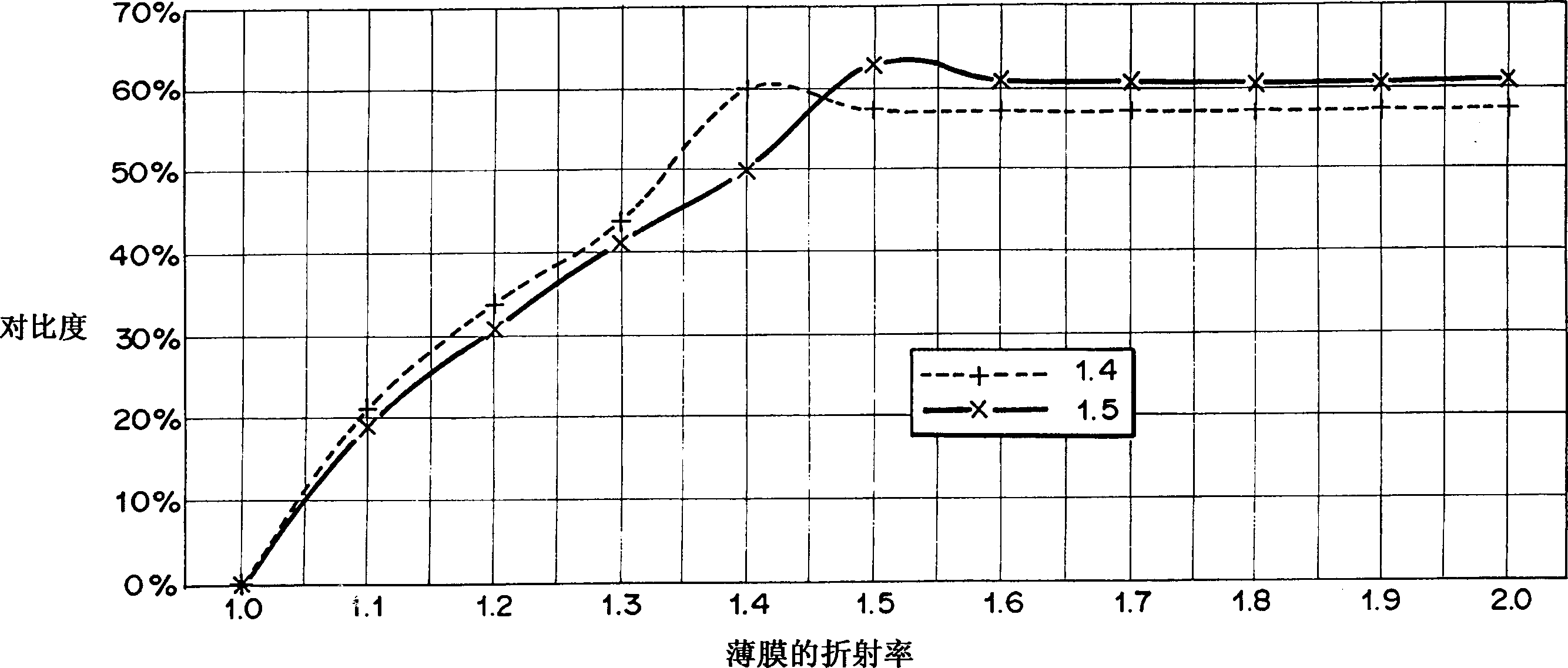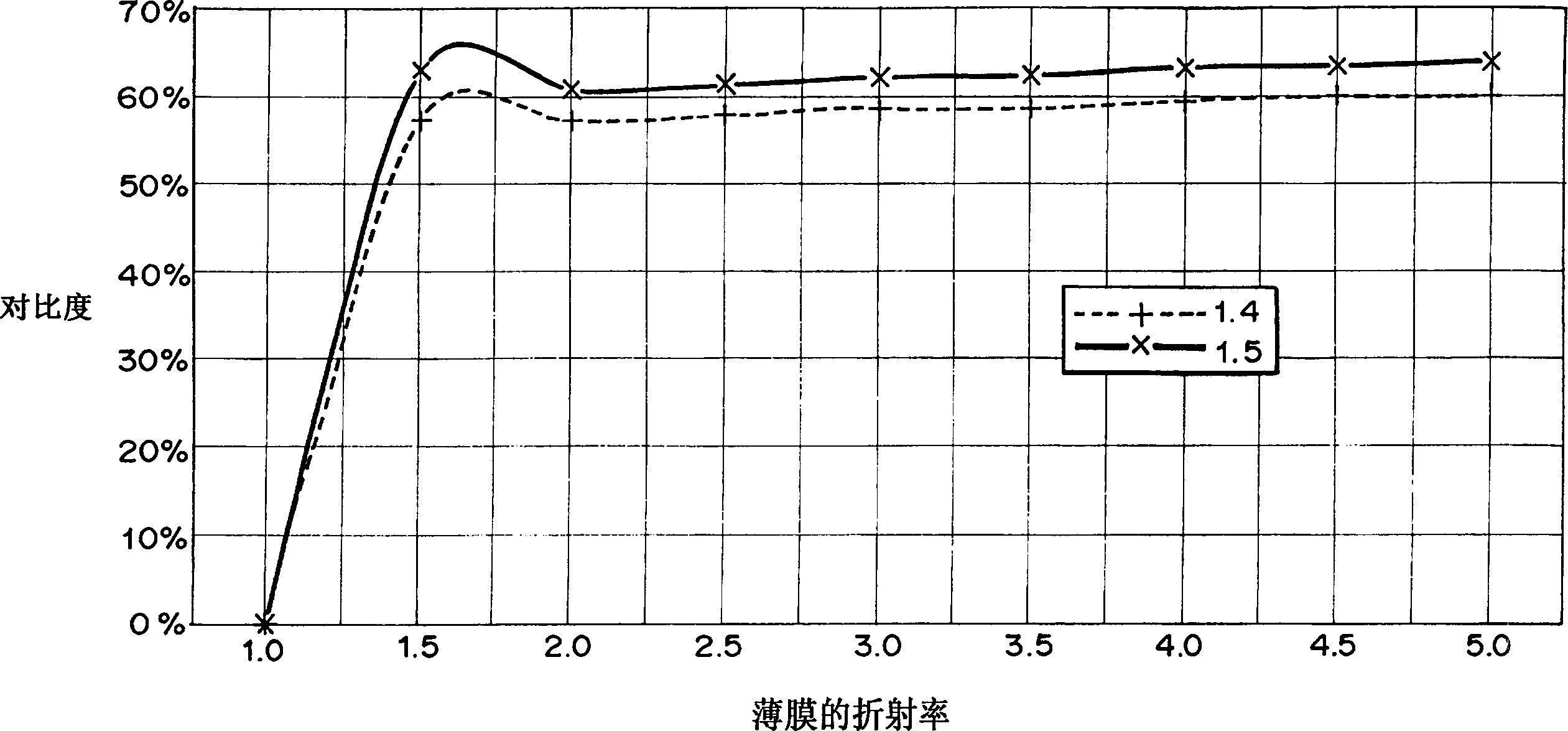Finger print input device
A fingerprint input and fingerprint technology, applied in image data processing, sensors, diagnosis, etc., can solve the problem that the protection function of two-dimensional image sensor is not always enough
- Summary
- Abstract
- Description
- Claims
- Application Information
AI Technical Summary
Problems solved by technology
Method used
Image
Examples
Embodiment 2
[0204] Next, Embodiment 2 will be described. Figure 16 and 17 is a partial cross-sectional view of two types of fingerprint input devices according to Embodiment 2. The cover film 8 of the two-dimensional image sensor is used to stabilize the characteristics of the sensor unit, it should be formed during the semiconductor manufacturing process, and is generally thinner than several micrometers due to the semiconductor manufacturing method used. If a finger repeatedly presses directly on the cover film 8, the durability of the cover film 8 is adversely affected by the contact of the finger. Therefore, in Example 1, a transparent solid film 4 is provided, and the thickness, refractive index, and hardness of the transparent solid film 4 are determined. Among these parameters, it is the thickness condition that contradicts the durability condition, that is, the thinner the transparent solid film 4, the clearer the obtained image. The thicker the transparent solid film 4, the b...
Embodiment 3
[0217]In Embodiment 3, a microlens layer which has been used in recent years to improve the sensitivity of a fingerprint image sensor is used as a protective film.
[0218] In Embodiment 3, the microlens 3 is a dome-shaped transparent solid, which is covered directly above the photosensitive part of the image sensor, as shown in FIG. 20 . As a result, light incident on parts other than the photosensitive part is condensed on the photosensitive part, thereby improving the light detection sensitivity of the sensor. When the fingerprint ridge portion is in contact with the microlens 13, the shape of the ridge is indicated by 13-1, and the photodetection sensitivity of the sensor is improved by converging light on the photosensitive portion. However, the light incident on the microlens 13 from the valley portion 13-2 is emitted to a space, and the light from this portion becomes unusable. As a result, light within 100% of the ridge portion of the fingerprint cannot be detected. ...
Embodiment 4
[0226] In Embodiment 4, the fluctuation of the transmitted light due to the pulsating flow of blood is utilized, and during the measurement, it is used to identify whether the fingerprint is a living body's fingerprint based on this pulsating characteristic to prevent illegal finger replicas use. Figure 26 The block diagram of shows the pulse detection circuit in Embodiment 4. The operation of the pulsation detection circuit is as follows. An infrared ray having a wavelength of 800 to 950 nm was used as measurement light, and a spectral filter having a transmission wavelength equal to that of the above-mentioned infrared ray was also used. In this wavelength band, blood containing a large amount of oxygen (artery) and blood containing a small amount of oxygen (vein) have little difference in absorption coefficient from each other, and the fluctuation of the amount of transmitted light is about 10%. According to the change in the light absorption amount of the blood, the pea...
PUM
 Login to View More
Login to View More Abstract
Description
Claims
Application Information
 Login to View More
Login to View More - R&D
- Intellectual Property
- Life Sciences
- Materials
- Tech Scout
- Unparalleled Data Quality
- Higher Quality Content
- 60% Fewer Hallucinations
Browse by: Latest US Patents, China's latest patents, Technical Efficacy Thesaurus, Application Domain, Technology Topic, Popular Technical Reports.
© 2025 PatSnap. All rights reserved.Legal|Privacy policy|Modern Slavery Act Transparency Statement|Sitemap|About US| Contact US: help@patsnap.com



